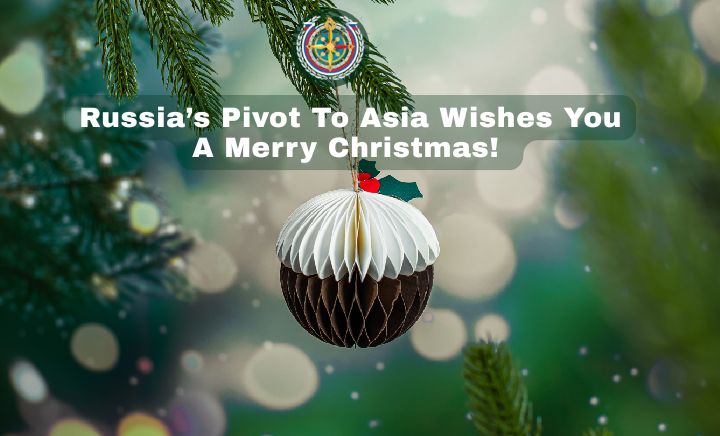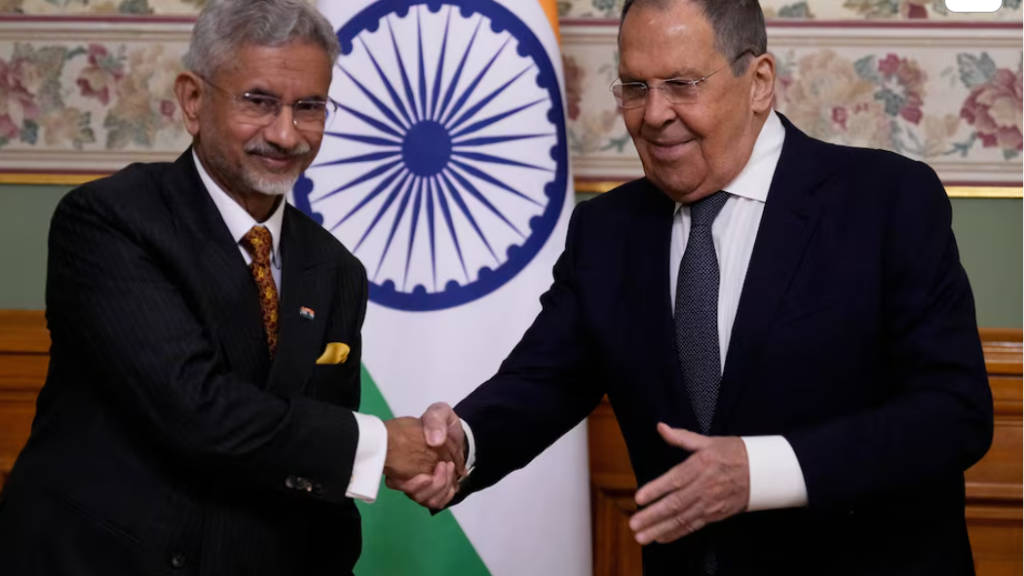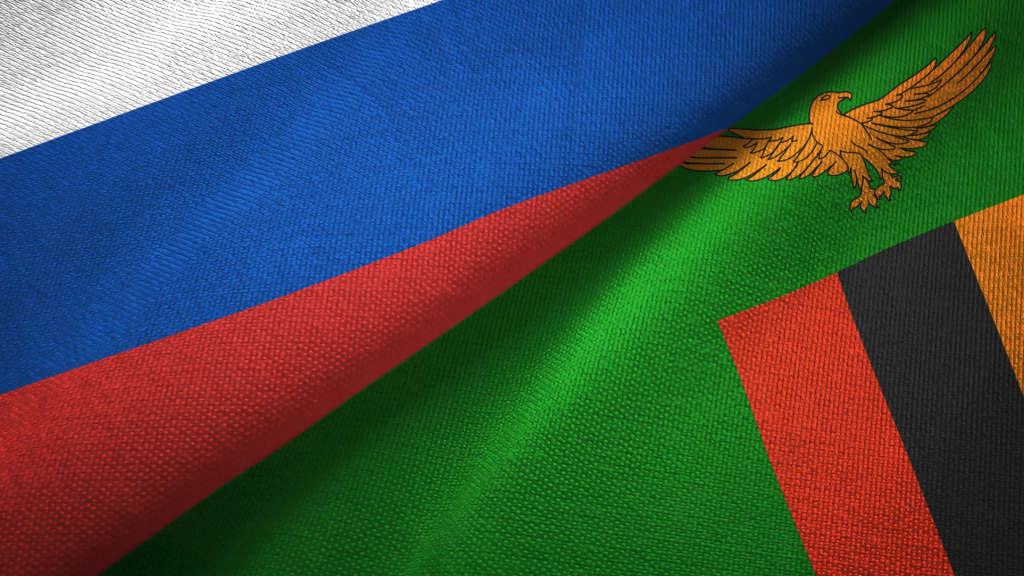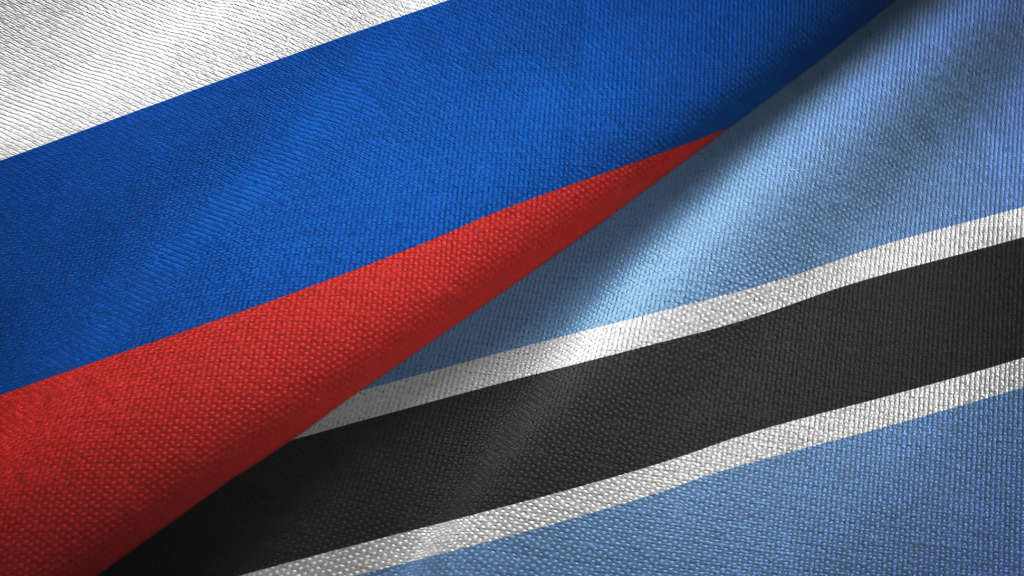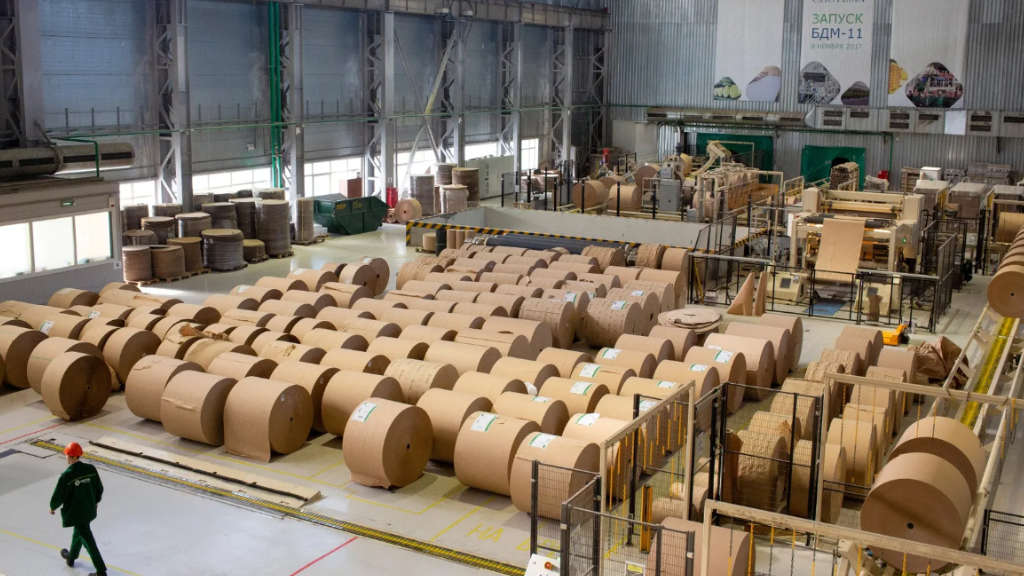The Indian External Affairs Minister, Subrahmanyam Jaishankar has been holding talks in Moscow, meeting with both Sergey Lavrov, Russia’s Foreign Minister, and Russian President Vladimir Putin. The talks come just as the United States has threatened to increase tariffs to 50% on Indian exports to the United States in retaliation for India purchasing Russian oil. Those tariffs are scheduled to commence on August 27.
Russia is currently India’s fourth-largest trading partner, while India ranks as Russia’s second-largest. Both are members of the BRICS group, which has been coordinating trade efforts amongst its members in the wake of US tariffs threats. Brazil has also been subjected to 50% US tariffs for its exported goods and has been seeking help from BRICS members – including China, in diverting what would have been its coffee exports to the United States to new markets. Thus far, this has succeeded. The visit of Jaishankar to Moscow is partially to discuss a similar repositioning of trade from what are increasingly seen as volatile American markets to stable BRICS markets, including Russia.
New Delhi has directly signalled a trade shift away from Washington under pressure from the US tariff threats. Prime Minister Narendra Modi this week described Putin as a “friend” following a call with the Russian leader. In Moscow, Jaishankar stressed the need to remove trade bottlenecks and reduce non-tariff barriers to achieve its trade goals of encouraging more BRICS, rather than US trade.
That is a significant shift that needs to be put into place – “India’s Pivot To BRICS” – as India exports about US$86.5 billion to the United States, including engineering goods, diamonds, pharmaceuticals, chemicals, and textiles.
India-Eurasian Economic Union Free Trade Agreement
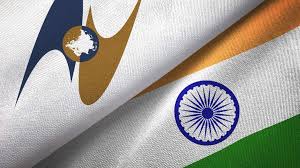
In terms of India’s trade with Russia, this hit a record US$68.7 billion in India’s 2024-25 fiscal year, which includes the period March 2024 – February 2025. India has been involved in free trade negotiations with the Eurasian Economic Union, (EAEU) which includes Russia along with Armenia, Belarus, Kazakhstan and Kyrgyzstan, and Jaishankar’s visit to Moscow was partially to expedite this and reach a final agreement, perhaps to be announced later this year. That goal appears to have come closer – India signed a preliminary ‘Terms of Reference’ document with the EAEU on August 20.
Following this, Lavrov subsequently announced that India and Russia aim to boost annual trade by nearly 50% over the next five years, setting a target of US$100 billion as both countries look to ease tariffs and strengthen ties. The pending EAEU free trade agreement is the key to achieving this and will help in adjusting India’s exports to safer markets. For example, Russia has already agreed to open up its consumer market to Indian agricultural exports.
Ruble-Rupee Trade & Interbank Connectivity
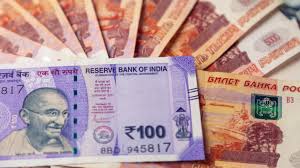
Jaishankar also emphasized the need for India and Russia to diversify trade, expand joint ventures between their companies, and hold regular consultations to resolve obstacles—including those related to payment systems – a reference to Indian trade with Russia being conducted in Rupees and Rubles rather than US dollars, which has largely been accomplished – 90% of all bilateral trade is now in these currencies.
Jaishankar’s comments are also a reference to the two countries uniting their financial messaging systems to get around the use of SWIFT, from which Russia (and Iran, another BRICS member important to India) have been disconnected. In this case, India and Russia are developing their connection by integrating their national payment systems – Russia’s Mir and India’s RuPay – and establishing interbank messaging systems to facilitate bilateral payments in their national currencies. This involves mutual acceptance of the RuPay and Mir card systems and the use of Russia’s System for Transfer of Financial Messages (SPFS) for bank-to-bank transfers. The goal is to create a more predictable and independent financial infrastructure for trade, although challenges remain. New interbank exchange and messaging systems are also being developed between the banks of both countries to provide a more predictable framework for transactions. Of additional note here is that Russia’s Sberbank was granted an Indian operating licence in July.
Russia-India Energy Supply Chains
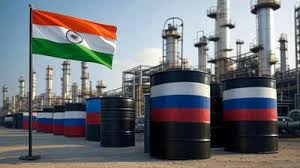
India also wishes to directly insert itself into Russia’s energy supply chains and secure its own direct assets to facilitate supplies between the two countries. In this regard, Denis Manturov, Russia’s First Deputy Prime Minister announced that Russia and India are to jointly target development of the Northern Sea Route and the International North-South Transport Corridor (INSTC). That statement was made at the 26th meeting of the India-Russia Intergovernmental Commission on Trade, Economic, Scientific, Technical and Cultural Cooperation on August 20, with Manturov saying that “It is obvious that the expansion of trade and economic ties is also linked to forming reliable logistical corridors and creating new container services. We target joint development of the Northern Sea Route and the INSTC in this regard.”
It should also be noted that Russia and India are discussing the building of new icebreakers for the Russian fleet in India’s Gujarat shipyards, while the two countries are also discussing the building of pipelines and shipping of LNG to India from Russia’s Yamal fields in the Arctic, and have been discussing bilateral LNG supplies and investment. Russian oil exploration companies are also drilling in India’s offshore Cambay Basin.
Russia is also looking to export more coal to India, and is additionally involved in India’s nuclear energy sector.
In the sanctions-threatened oil trade sector, India’s Reliance Industries signed a massive, ten year oil refining contract with Russia’s Rosneft at the end of December 2024. While India’s oil refiners initially reacted by pausing imports of Russian crude following Trump’s threats, these have now restarted. Most of India’s oil refiners are privately, not government owned, while the Indian government has dismissed US threats as ‘bullying’. As August 27 approaches, it will be interesting to see what Trump’s reaction to what appears to be India both ignoring his tariffs and pivoting away from US trade will be. Certain American consumer items, including pharmaceuticals, and the clothing sector are going to become a lot more expensive as the cost of imports from India, a major supplier of these items to the United States, increases.
The rapid development of Russia-India energy supply chains will be a bilateral priority. India needs access to Russian energy to continue its transformation into an upper middle-income country and has a requirement to maintain its current annual growth rate of at least 6.5% to achieve its goals. For India, a strong relationship with Russia’s multi-faceted energy sector is key.
Other Trade Areas
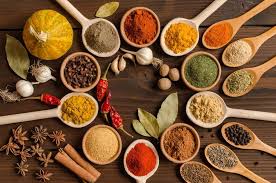
Bilateral trade has also been increasing in other sectors, most notably Russia’s exports of fertilizers, while bilateral agricultural trade grew by 60% last year. The tourism sector is also booming.
The Russia-India defence sector is also very active, with Russia recently delivering a new Frigate to the Indian Navy, supplying twelve Russian Sukhoi SU-30MKI fighter aircraft to India, as well as the SU-57 to the Indian air force, which will incorporate Indian technology in a Russian military aircraft for the first time. The two countries also signed off a defence logistics agreement earlier in the year. Russia and India regularly hold Navy exercises, the most recent being in the Bay of Bengal. Russia also sells tank engines to the Indian army.
Infrastructure
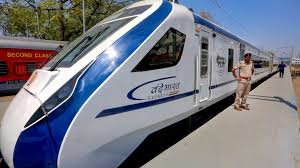
Joint big-ticket investment is also being made in Eurasian infrastructure. Both Russia and India understand that the way to further develop trade is to build infrastructure, which carries its own returns on investment as regards the potential for property development and the services sector requirements to support them. To this end, the two countries are heavily involved in the joint development of high-speed railways and carriages, with some of this production already being earmarked for future export to the CIS countries. Russia’s FESCO is to further invest in India to establish logistics centres, while it should be noted that Russia-India overland trade along the INSTC doubled last year, while Russia-India shipping increased in volume by about 30% in H1 2025.
India is also involved, along with Russia and numerous other Eurasian countries, in developing a Eurasian Commodities Exchange that would regulate trade throughout the entire region. This would have the effect of stabilising markets, protect producers, enhance quality and promote trade. China, Iran, Kazakhstan, and Uzbekistan are also involved.
India’s Pivot To BRICS
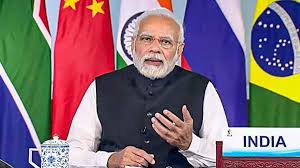
An interesting aspect of India’s Pivot to BRICS is the extent of its trade with the United States, as India’s exports to the US include areas that Russia can also assist with, although India will also be discussing the offsetting of its US exports to other BRICS countries. A major Indian export, and one that can create political difficulties for Prime Minister Modi is the Indian agricultural sector, and primarily the element of this involved in fabric production, such as cotton, linen, silk and jute. This employs about 45 million people in India – Modi will need to find substitutes for US sales fast.
That suggests that Russian and BRICS clothing manufacturers may find opportunities in sourcing materials from India and may also find tax incentives and competitive pricing available as India reacts. Other strong areas of Indian exports include generic drugs, where it is one of the largest manufacturers of household pharmaceuticals in the world. Meanwhile, while India no longer possesses the diamond and gemstone reserves it once did, it remains one of the world’s largest gem processers, with applications from the jewellery to manufacturing industry sectors. Indian investors are already based in the Eurasian Diamond Exchange in Vladivostok, and we see additional synergies between Russia – with the largest diamond reserves in the world – and Indian expertise. A renewal of the gem producing sector in Russia could manifest itself.
We are also more likely to see a shift towards Russia-Indian joint ventures and M&A, as expertise from both countries unite to create a stronger whole. An example of this trend is Rusal’s acquisition of India’s Pioneer Industries for US$243 million, a deal that secures much needed raw materials for Rusal’s aluminium production, in this case bought about by Australia’s refusal to sell to Russia.
As can be seen, India is serious about shifting its export focus to BRICS, and Prime Minister Modi will need to manage this transition away from the United States, even if President Trump decides not to impose the tariffs on Indian exports he has threatened. The damage has already been done – India, with tens of millions of workers employed in its export industries, is not able to tolerate uncertainty in its productivity and employment sectors and whether or not Trump is serious or not, is now taking steps to secure more stable export markets. An example is Modi recently mending diplomatic relations and increasing trade ties with China. The fact that this stability now means the BRICS nations as opposed to the United States is a new sign of the changing times.
Further Reading
